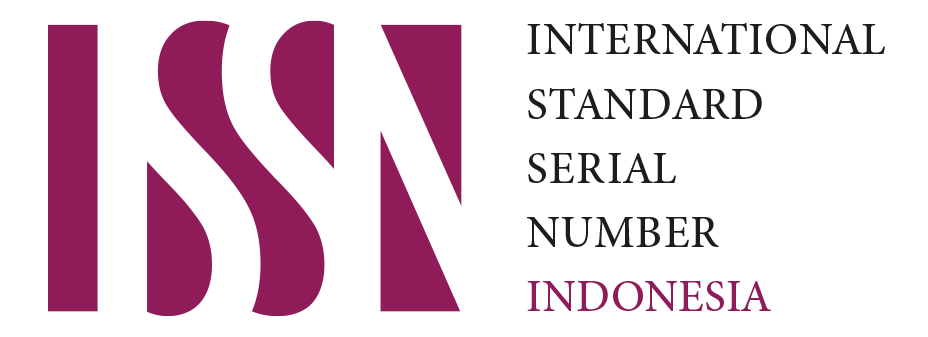ANALISIS TINGKAT KERENTANAN MASYARAKAT TERHADAP BANJIR ROB DI KECAMATAN TEGAL BARAT KOTA TEGAL TAHUN 2021
DOI:
https://doi.org/10.20961/ijed.v1i1.62Abstract
ABSTRACT
The city of Tegal is one of the cities directly adjacent to the Java Sea. The problem of tidal inundation, especially in the District of West Tegal, is one of the problems that still often occurs. The area studied in this study is the area most frequently affected by tidal flooding in Tegal City. The areas affected by the tidal flood included Kraton Village, Tegalsari Village, and Muarareja Village. This research, among others, aims to determine the level of community vulnerability to tidal flooding. The data used include: land use data, population data, and primary data through questionnaires to the community. The method used in this research is descriptive quantitative and qualitative descriptive methods. The population in this study were the heads of families from three villages affected by the tidal flood. The vulnerability sample includes the community in three villages affected by the tidal flood which was obtained from the sampling technique in the form of Simple Random Sampling. The results showed that the level of tidal flood vulnerability in the District of West Tegal was included in the medium class in the Kraton Village, and the high class in the Tegalsari Village and Muarareja Village.
Keywords:
Vulnerability, flood, robReferences
Ardiansyah, Soni Hazam., Santosa, Edi., Widayanti, Wiwik. (2009). Analisis Kebijakan Pemerintah dan Partisipasi Masyarakat dalam Upaya Penanggulangan Rob. 4(4). https://ejournal3.undip.ac.id/index.php/jpgs/article/view/2978/2844
BAKORNAS, P. (2007). Pengenalan Karakteristik Bencana dan Upaya Mitigasinya di Indonesia. Badan Koordinasi Nasional Penanggulangan Bencana, Jakarta.
BNPB. (2012). Kepala Badan Nasional Penanggulangan Bencana Tentang Daftar Isi Kepala Badan Nasional Penanggulangan Bencana Tahun 2012 Tentang Pedoman Umum Pengkajian Risiko 2 . Lampiran Peraturan. Jakarta: BNPB.
Dodon. (2013). Indikator dan perilaku kesiapsiagaan masyarakat di permukiman padat penduduk dalam antisipasi berbagai fase bencana banjir. Jurnal Perencanaan Wilayah Dan Kota, 24(2), 125–140. Retrieved fromhttp://www.sappk.itb.ac.id/jpwk/wp-content/uploads/2014/02/Jurnal-9-Dodon.pdf
Hapsoro, A. W., & Buchori, I. (2015). Kajian kerentanan sosial dan ekonomi terhadap bencana banjir. Jurnal Teknik PWK, 4(4), 542–553. https://ejournal3.undip.ac.id/index.php/pwk/article/view/9814/9563
Kurniawan, A., Sudrajat., Ritohardoyo, S., (2014). Aspek Sosial Banjir Genangan ( ROB ) Di Kawasan Pesisir. Yogyakarta: Gadjah Mada University Press. http://ugmpress.ugm.ac.id/userfiles/product/daftar_isi/Aspek_Sosial_Banjir_Genangan_(ROB)_di_Kawasan_Pesisir.pdf
Mantika, N. J., Hidayati, S. R., & Fathurrohmah, S. (2020). Identifikasi Tingkat Kerentanan Bencana Di Kabupaten Gunungkidul. Matra, 1(1), 59–70. https://journal.itny.ac.id/index.php/matra/article/view/1254
Marfai, M.A. 2003. GIS Modeling of River and Tidal Flood Hazards in A Waterfront City: Case Study, Semarang City, Central Java, Indonesia. M. Sc. Thesis. ITC, enschede, The Netherlands.
Supriharjo, R., & Chandra, R. (2013). Mitigasi Bencana Banjir Rob di Jakarta Utara. 2(1). https://doi.org/10.12962/j23373539.v2i1.2456
Zulaykha, S., Subardjo, P., Atmodjo, W. (2015). KENAIKAN MUKA AIR LAUT DI PESISIR KOTA TEGAL, 179-184. https://ejournal3.undip.ac.id/index.php/joce/article/view/7681/7441
Downloads
Published
How to Cite
Issue
Section
License
Copyright (c) 2022 Indonesian Journal of Environment and Disaster

This work is licensed under a Creative Commons Attribution 4.0 International License.







